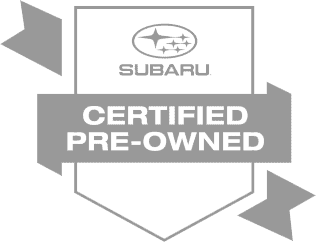
1. You can improve your gas mileage by up to 3.3% by keeping your tires inflated to the proper pressure. Under-inflated tires can lower gas mileage by 0.3% for every 1 psi drop in pressure of all four tires. Properly inflated tires are safer and last longer.
2. You can improve your gas mileage by 1%–2% by using the manufacturer's recommended grade of motor oil. For example, using 10W-30 motor oil in an engine designed to use 5W-30 can lower your gas mileage by 1%–2%. Using 5W-30 in an engine designed for 5W-20 can lower your gas mileage by 1%–1.5%. Also, look for motor oil that says "Energy Conserving" on the API performance symbol to be sure it contains friction-reducing additives.
3. Aggressive driving (speeding, rapid acceleration and braking) wastes gas. It can lower your gas mileage by 33% at highway speeds and by 5% around town. Sensible driving is also safer for you and others, so you may save more than gas money.
4. Idling can use a quarter to a half gallon of fuel per hour, depending on engine size and air conditioner (AC) use. Turn off your engine when your vehicle is parked. It only takes a few seconds worth of fuel to restart your vehicle. Turning your engine on and off excessively, however, may increase starter wear.
5. Selecting which vehicle to purchase is the most important fuel economy decision you'll make.
The difference between a car that gets 20 MPG and one that gets 30 MPG amounts to $898 per year (assuming 15,000 miles of driving annually and a fuel cost of $3.59). That's $4,488 extra in fuel costs over five years!





